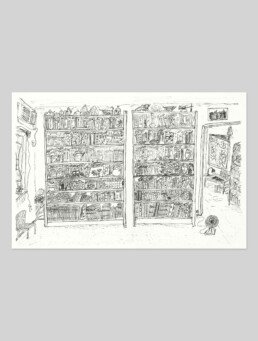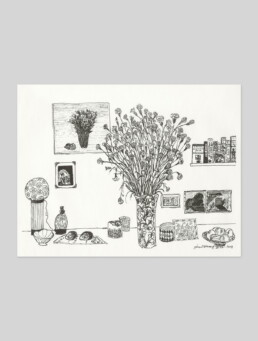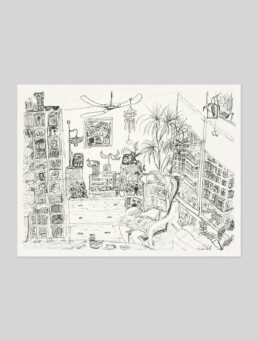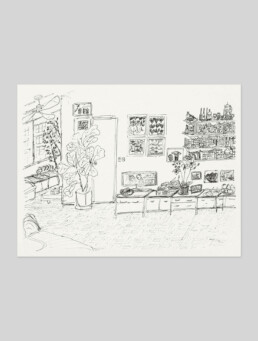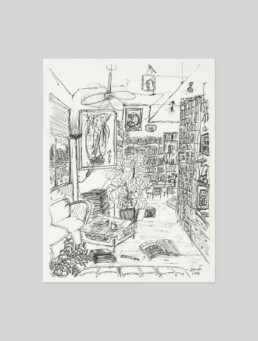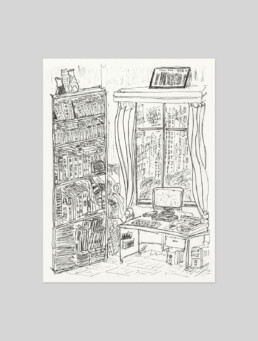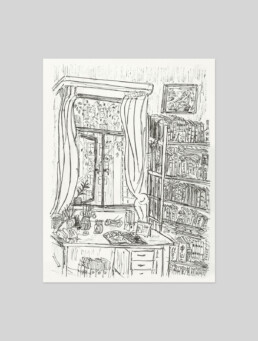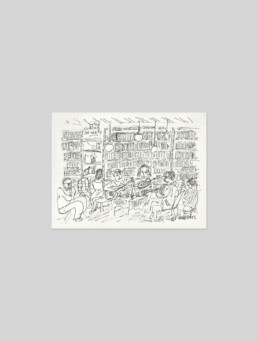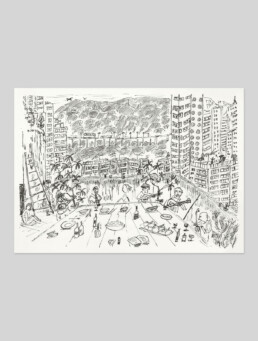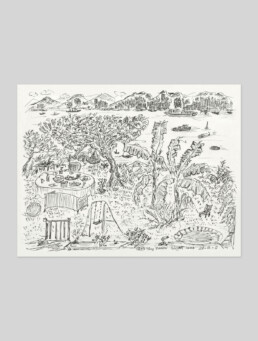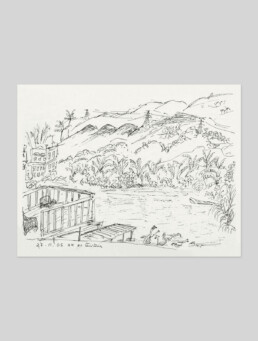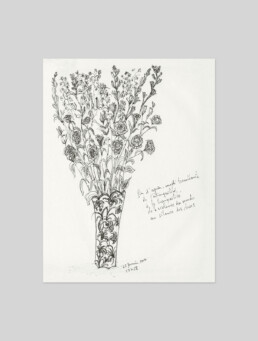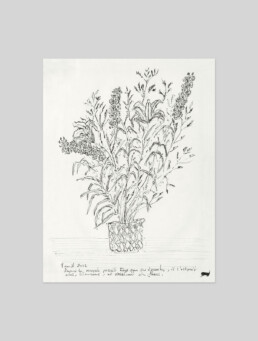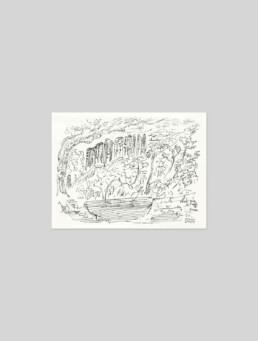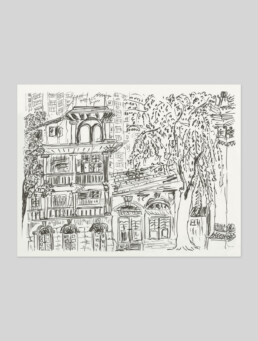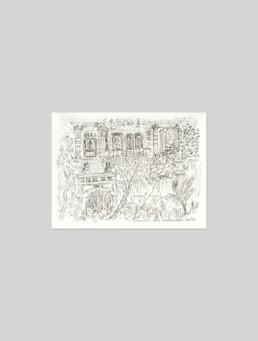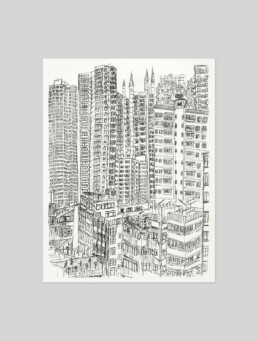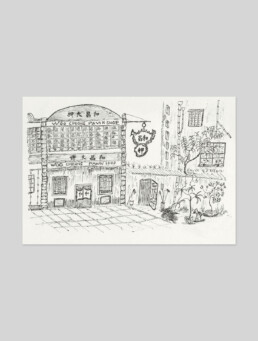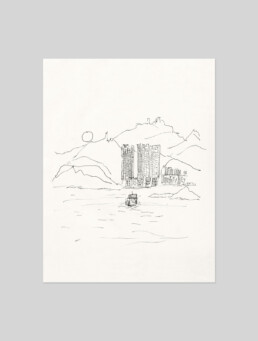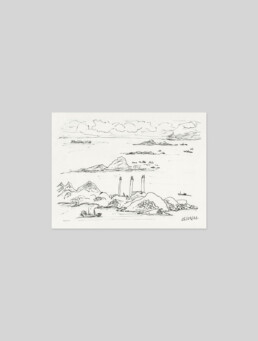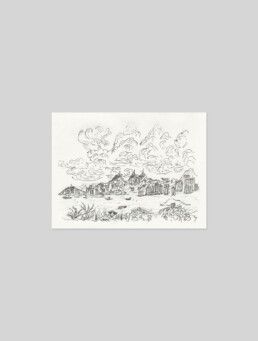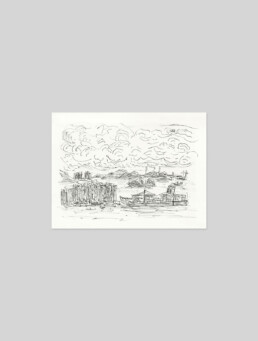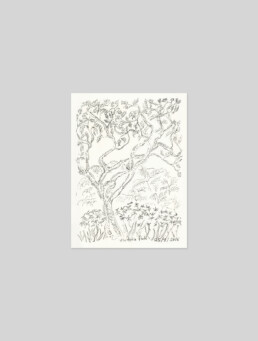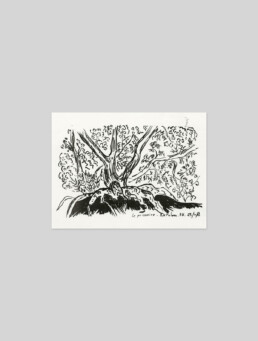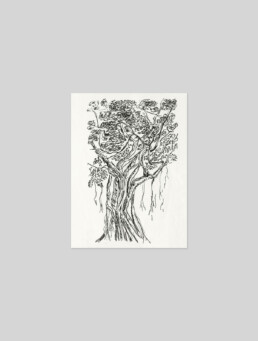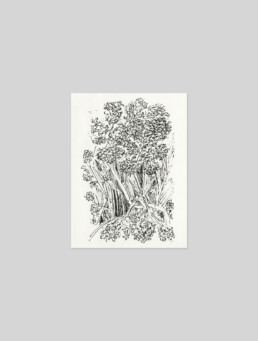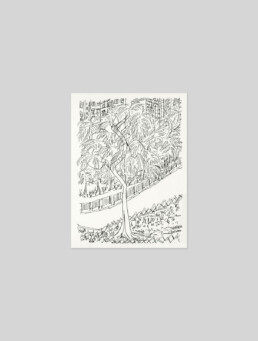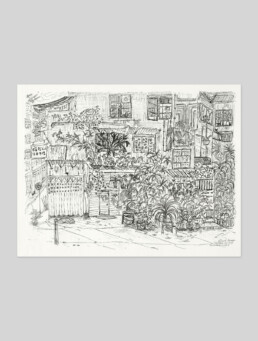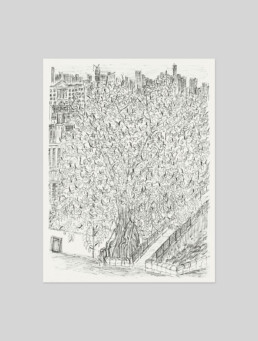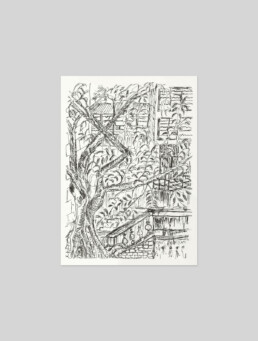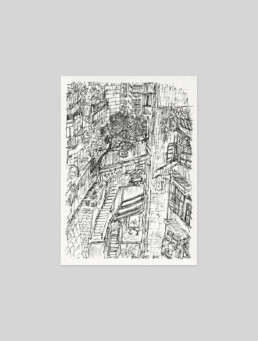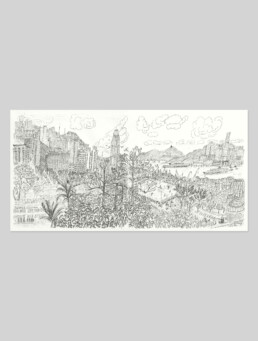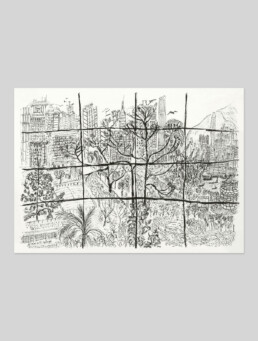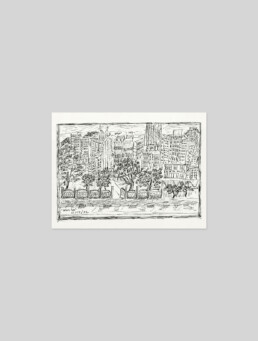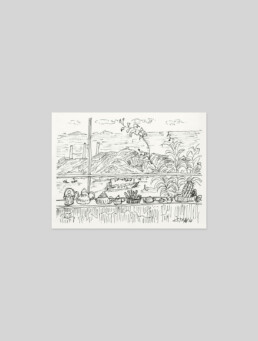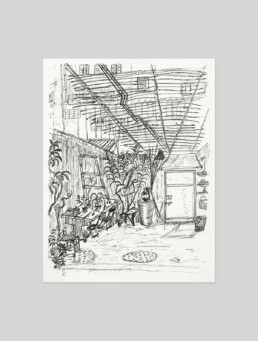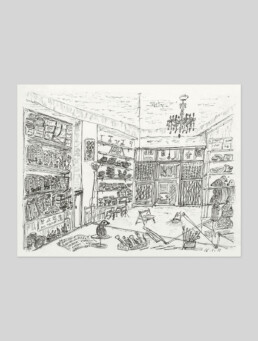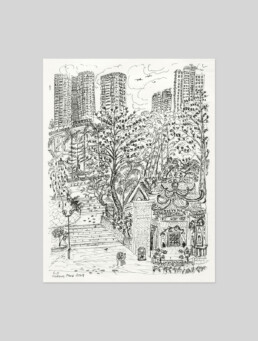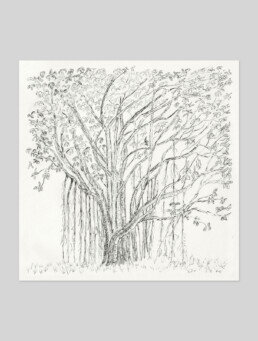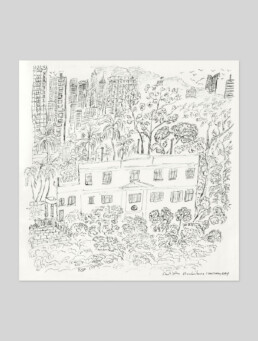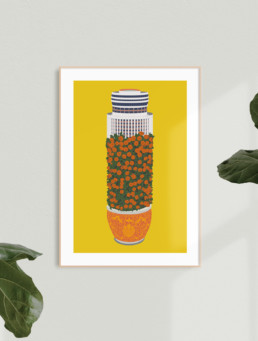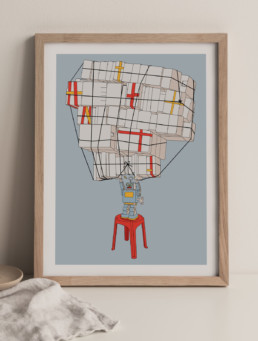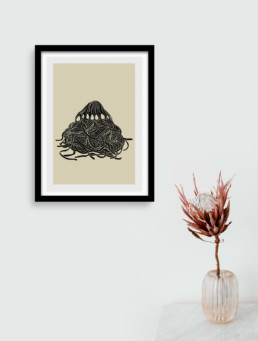
Obsessions | 2020-2021
This series was created in 2020 and 2021 as a release from growing obsessions that arised during lockdowns – namely cleaning and cooking. These intricate illustrations take their cue from densely decorated Famille Rose Mille Fleurs enameled vases.

Details
Dimensions
Obsessions 2020 and Obsessions 2021
W 60 x H 90 cm | Limited edition of 50 prints
Obsessions | Pipe dream
A5 | W 14.8 x H 21 cm | Limited edition of 50 prints
Material
Archival pigment print
Acid free Hahnemühle Photo Rag | 310 gsm
Deckled edge
Detail
Prints signed and numbered | Sold Unframed | Printed in Hong Kong


Details
Dimensions
W 60 x H 90 cm | Limited edition of 50 prints
Material
Archival pigment print
Acid free Hahnemühle Photo Rag | 310 gsm
Deckled edge
Detail
Prints signed and numbered | Sold Unframed | Printed in Hong Kong
Add the Obsessions series
to your walls
Obsessions series – 2021
HK$4,200Obsessions series – 2020
HK$4,200Mille-fleurs patterns
“The mille-fleurs pattern – in Chinese wan hua dui, (‘ten thousand flowers piled up’,) or bai hua tu, (‘hundred flowers design’) – with its joyful evocation of nature’s abundance is such a universally appealing motif that it is extremely well known despite being exceedingly rare. It was developed on porcelain in the imperial factories under the keen eye of the Yongzheng emperor and the rigorous scrutiny of the kiln supervisor Tang Ying. With its multitude of enamel colors, complex and densely interwoven layout, naturalistic representation of blooms and leaves and an astonishing attention to detail, mille-fleurs patterns must have been one of the most challenging for the imperial porcelain painters to master. The Chinese name for this type of dense design jiacai (‘mixed or mingled colors’) appropriately describes the multitude of famille-rose shades used. The idea for this demanding design appears to originate from the imperial enameling workshops in the Forbidden City in Beijing, where in the Kangxi reign it was tried on a minute copper vessel, a water pot of less than 3 cm height, which is still preserved in the Palace Museum today.”
Quote from Sotheby’s
Mille-fleurs patterns
“The mille-fleurs pattern – in Chinese wan hua dui, (‘ten thousand flowers piled up’,) or bai hua tu, (‘hundred flowers design’) – with its joyful evocation of nature’s abundance is such a universally appealing motif that it is extremely well known despite being exceedingly rare. It was developed on porcelain in the imperial factories under the keen eye of the Yongzheng emperor and the rigorous scrutiny of the kiln supervisor Tang Ying. With its multitude of enamel colors, complex and densely interwoven layout, naturalistic representation of blooms and leaves and an astonishing attention to detail, mille-fleurs patterns must have been one of the most challenging for the imperial porcelain painters to master. The Chinese name for this type of dense design jiacai (‘mixed or mingled colors’) appropriately describes the multitude of famille-rose shades used. The idea for this demanding design appears to originate from the imperial enameling workshops in the Forbidden City in Beijing, where in the Kangxi reign it was tried on a minute copper vessel, a water pot of less than 3 cm height, which is still preserved in the Palace Museum today.”
Quote from Sotheby’s
Add the Obsessions series
to your walls
Obsessions series – 2021
HK$4,200Perhaps you’d like these as well






